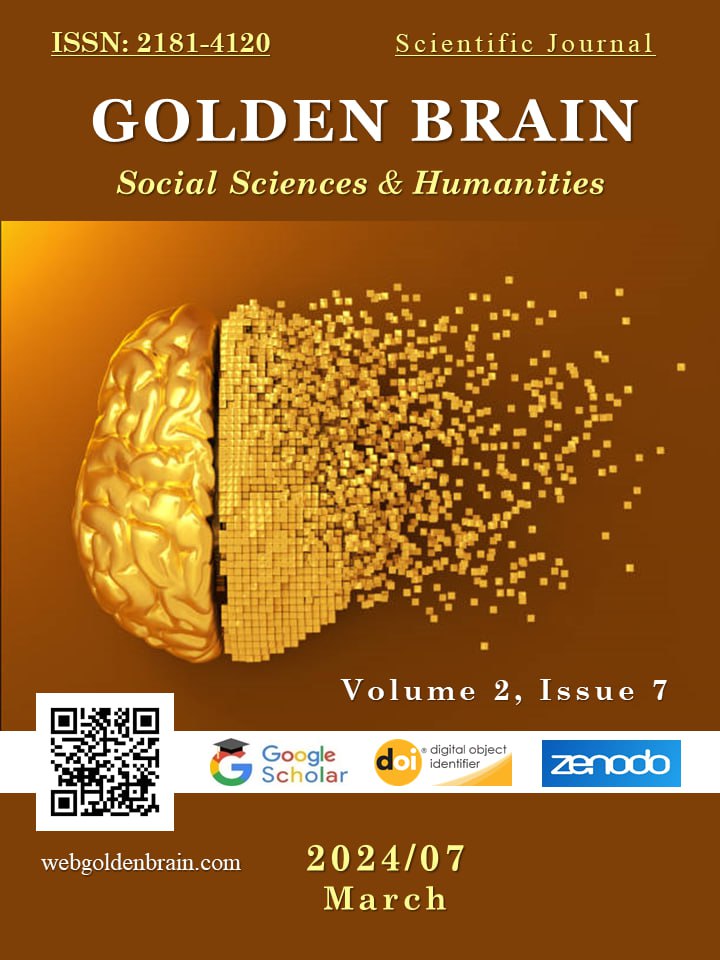STORYTELLING AS A LANGUAGE TOOL
Main Article Content
Abstract
Storytelling is a powerful method in language learning as it engages learners in a meaningful and enjoyable way. By incorporating narratives, learners are exposed to authentic language use and cultural contexts, which can enhance their comprehension and retention of vocabulary and grammar structures.
Article Details

This work is licensed under a Creative Commons Attribution 4.0 International License.
How to Cite
References
Bailey, T. (2007). The experience of the storyteller: Moving from the personal to the collective.
Shirley, M.J(2005). Storyteller, Story-Lecturers: A Portrait of Three Lecturerss’ Use of story in Elementary Classes.
Garret, R. (2006). Critical Storytelling as a teaching strategy in physical education lecturers education.
Shenton, A. K. (2004). “Strategies for ensuring trustworthiness in qualitative research projects.
Brier, D.J. & Lebbin, V.K(2004),”Teaching information literacy using the short story”,Reference Services Review.
Brown, M. (2009). “Listening to lecturerss, learning about teaching”. Journal of Curriculum.
Ellis, G., & Brewster, J. (2014). Tell it Again! The New Storytelling Handbook for Primary Teachers. Pearson Education Limited.
Bamford, J., & Day, R. R. (2004). Extensive Reading Activities for Teaching Language. Cambridge University Press.
Kress, G., & Jewitt, C. (Eds.). (2003). Multimodal Literacy. Peter Lang.
Sadik, A. (2008). Digital storytelling: A meaningful technology-integrated approach for engaged student learning. Educational Technology Research and Development, 56(4), 487-506.
